You digitized some of your favorite and most engaging materials from your local history collection – now what?
Some local history organizations digitize collections to facilitate reference requests or reduce wear and tear on their oldest or most frequently handled materials. Others share images on their organization’s website or social media sites to generate community interest in local history topics or even generate revenue for their organization. Ready to be inspired? Here are three projects from Wisconsin local history practitioners who are sharing or using digital historical materials in new and creative ways!
Self-Printed Local History Books
Russ Hanson, Technical Specialist, Sterling Eureka and Laketown Historical Society (SELHS)
Sterling Eureka & Laketown Historical Society (SELHS)
For several years, Russ Hanson has been creating self-printed local history books using digitized historical materials. Hanson selects photos and documents from the Sterling Eureka and Laketown Historical Society (SELHS), arranges them using Microsoft Word documents, uploads and prints the books using Amazon’s Kindle Direct Publishing. Each book costs approximately $6 to print a black and white copy and Hanson sells them for $10-$15. Hanson reports that SELHS makes about $500 from books sales each year. Increased publicity and speaking engagements focused on a book often result in a higher return. SELHS includes only pre-1923 materials or content for which he can acquire permission from copyright holders or original authors or creators.
The vast majority of photos we use are from the original owner, and they have given us the image, document or story with the intention it will be used in the book we create.
Russ Hanson, SELHS
Hanson includes newspaper articles and images with permission from original publishers whenever possible. SELHS opted not to use watermarks on their images. The likelihood that someone might copy these local history books without permission seemed minimal and Hanson concluded it wasn’t worth the additional time and resources to watermark each image.
Choosing content to digitize and include in each book is a group effort. Originally, the books were simply expanded versions of Hanson’s local history newspaper column. As staff and volunteers digitized more images and documents, they added them to the content to create book-length volumes
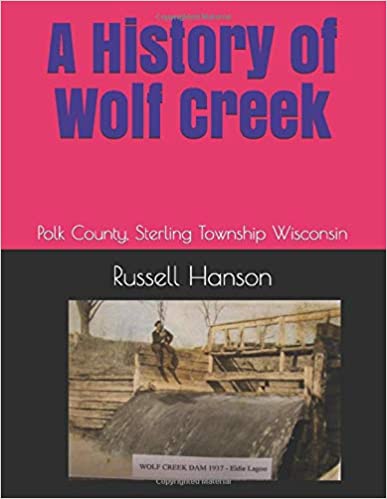
Hanson hopes increase the quantity of digitized (and preserved!) community history incrementally. If they are able, he encourages community members to scan their materials at home. SELHS and Hanson also share the museum’s digitization equipment and ask for donations to help maintain the equipment and collections. Hanson also encourages community members to print their own books and is happy to help them navigate the process. SELHS uses the CZUR 16 (ET16 Plus) book and document scanning camera for this work. This scanner also functions well for scrapbooks like Branches and Twigs of the Petersen Families, a scrapbook scanned and published by a local resident.
Take a look at Hanson’s video tutorial, Digitizing Historic Records with the CZUR ET16 Plus on YouTube (length: 09:18).
Learn more about Russ Hanson’s work and his self-published local history books in the 2019 SELHS Newsletter. You can view a list of their self-published titles on Amazon.com.
National History Day and Friendly Finding Aids
Patricia Stovey, Assistant Professor of History, University of Wisconsin-La Crosse
Patricia Stovey was an elementary classroom teacher for 15 years before completing a PhD in Educational Policy Studies from UW-Madison, then becoming a professor at UW-La Crosse. She brings both K-12 and higher education perspectives to her current role as the regional National History Day (NHD) coordinator. For the uninitiated, National History Day is a year-long academic program focused on historical research, interpretation and creative expression for 6th- to 12th-grade students.
It’s no secret – we LOVE National History Day! One goal of the NHD experience is to introduce participants to local history organizations and their collections in person. Nothing inspires engagement like the opportunity to rummage through archival collections! But many participants lack time or transportation to visit a local history organization, especially students and educators in rural areas who live hours away from the nearest repository.
Stovey had this particular challenge in mind when she set out to make local history more accessible for students by creating the Friendly Finding Aid (FFA). A finding aid is a tool that historians use to identify and locate primary sources for their research. The FFA provides National History Day participants with structure, direction and well-organized and vetted topic information. It also offers Stovey’s undergraduate history students who helped create the FFAs with an opportunity to write and teach historiography, the craft of writing history. While engaged in this work Stovey’s students were adamant that the FFAs be more than just references to documents. As future educators they suggested adding prompts to help direct the NHD students’ thinking about the documents, as well as “see also” sections with suggestions on related documents and other sources to maximize student engagement.
My original goal was to craft a roadmap for National History Day students to follow when they visited a physical archive — something they might only get to do once or twice — but digitized archival collections most certainly increase students’ access to primary sources for their history projects.
Patricia Stovey
In addition, the undergraduate students writing the FFA sections often had their own challenges accessing local history repositories and collections, and access to digitized materials helped them complete their work, too.
Currently, the FFA sections are largely limited to archives collections that are geographically available to Stovey’s undergraduate students researching and writing the content. The FFAs are organized by topic such as Children, Environment, or Immigration and written in engaging and accessible language. The FFA essay guides a researcher through key content in an archival collection.
FFAs also include links to or images from digitized historical collections. For example, the student protest FFA links to the Murphy Library digital collection containing The Raquet Newspaper, and the Lesbian Community Friendly Finding Aid includes the Leaping La Crosse Newsletter digital collection. These links to digital materials introduce NHD students to other digital materials on their own, as they may be inspired to further browse the collections. Stovey says that FFAs will continue to include the use of digitized materials wherever possible.
For an in-depth look at Stovey and her work, take a look at “UW-La Crosse helps area students through Friendly Finding Aid”, La Crosse Tribune, April 2020. Read Dr. Stovey profile on the UW-La Crosse website.
CLIO – Local History at your Fingertips
Bonnie Byrd, Executive Director, Waukesha County Historical Society and Museum and Dr. Kimberly A. Redding, Associate Professor of History, Carroll University
Waukesha County Historical Society and Museum (WCHSM) executive director, Bonnie Byrd, and Carroll University history professor, Dr. Kimberly Redding share a common goal: using new tools to engage students in local history while honing their research and writing skills. Byrd has been hosting Dr. Redding’s Carroll University History 200 (Research Methods) students at WCHSM for several years. Most recently, these students have been working on a project using WWI service cards to tell the story of Waukesha area veterans. Redding was introduced to Clio at a 2019 conference and immediately incorporated the tool into her undergraduate classroom. The result? The Waukesha World War I Heritage Trail project – a Clio-based heritage trail with entries for WWI veterans’ residences in Waukesha (prior to entering the service) and local landmarks related to the history of World War I. Using a variety of WCHSM resources, Dr. Redding’s students worked closely with Byrd, Redding and each other to research and create this unique trail.
What is Clio? Named after the ancient Greek muse of history, Clio crowdsources local history to put “history at your fingertips.” It’s a free educational website AND a mobile application that guides researchers through the process of documenting local sites, and provides public guided tours of historical and cultural sites throughout the United States. Similar to locator ‘apps’ that help you find a nearby restaurant or coffee shop (think Yelp for local history), theclio.com provides maps and directions, so creators and users can focus on the stories and historic events.
Developed by Dr. David Trowbridge, Associate Professor of History at Marshall University, theclio.com is also a collaborative research, interpretation, and map-building project that offers step-by-step directions and optional instructional videos so that anyone can contribute. Volunteer curators review entries, which can also be revised or updated as needed. Entries are created by museum professionals, local historians, and educators and their students – like Dr. Redding’s students! This partnership of local history practitioners and professional historians is building a dynamic and interactive map of history, one story at a time.
Each entry includes a summary and useful details about a historical site, museum, monument, or landmark of cultural or historical significance. “Time capsule” entries allow users to learn about historical events that occurred around them. Each entry offers turn-by-turn directions and links to related resources including relevant books, articles, videos, primary sources, and credible websites. Take a walking or driving tour, or a hiking or heritage trail!
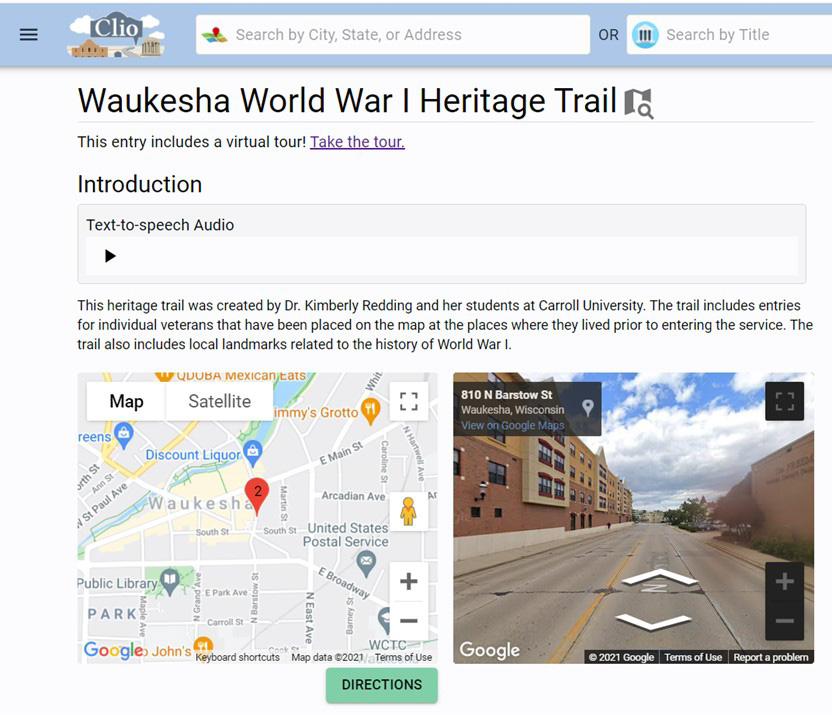
Dr. Redding’s project not only provided her students context for understanding WWI, but it also encouraged them to learn more about the community history beyond the boundaries of Carroll University. For many students, this was also their first “open-ended” research project and foray into archival resources and research. Students completed three visits to the County museum’s research room where Byrd provided structure and support to guide their work.
Clio is so easy to use and intuitive. It allows a creator to focus on the content — the history and storytelling — and not the tool. You don’t need to be a computer programmer to get started!
Kimberly Redding
Redding’s students presented their project to the History Club – a senior enrichment program sponsored by the city of Waukesha – which provided a unique opportunity for them to deepen their connection to the community by sharing their work with this very appreciative and engaged group of seniors.
For those interested in creating a Clio tour for their community, history organization or classroom or incorporating a tour into their existing programming or curriculum, Clio offers guides created for educators, historic preservation organizations and museums but also a bevy of “how to” resources for anyone interested in creating or using a Clio tour. Another benefit? Clio trails or tours can be created from any location providing opportunities for students or volunteers to participate who are not able to visit your organization in person.
What are you already doing? What stories are you already telling that you might present in a new way? Think about using Clio as another method for conveying these or even new local history stories. It’s a great way to share your digitized content with new audiences.
Bonnie Byrd
What’s next for Byrd and Redding? Byrd hopes to build new Clio tours highlighting area mineral springs and a driving tour – a virtual “road rally” – of Waukesha area historic markers derived from their historic marker database. Both are excited to continue using tools like Clio to engage the next generation of history practitioners, by showing students new ways to share historical research and digitized resources.
For more information about Clio, visit theclio.com.
Come to the Digital Readiness Fair!
Join us at the Pioneer Village/Barron County Historical Society Digital Readiness Fair on August 3 to hear a presentation by Russ Hanson and his self-published history book project. Join us at the Crandon Area Historical Society Digital Readiness Fair on July 16 to hear a presentation by Bonnie Byrd and Dr. Kimberly Redding about theclio.com and the Waukesha World War I Heritage Trail project. Both events are virtual, free and open to the public. Visit the Digital Readiness Fairs for registration information.
Our sincere thanks to Russ Hanson, Bonnie Byrd, Kimberly Redding and Patricia Stovey for sharing their projects and experiences with our community of practice!
This work is funded through an Archives Collaboratives Implementation Grant from the National Historical Publications and Records Commission (NHPRC), the granting arm of the National Archives. Visit Digital Readiness Community of Practice for more information.

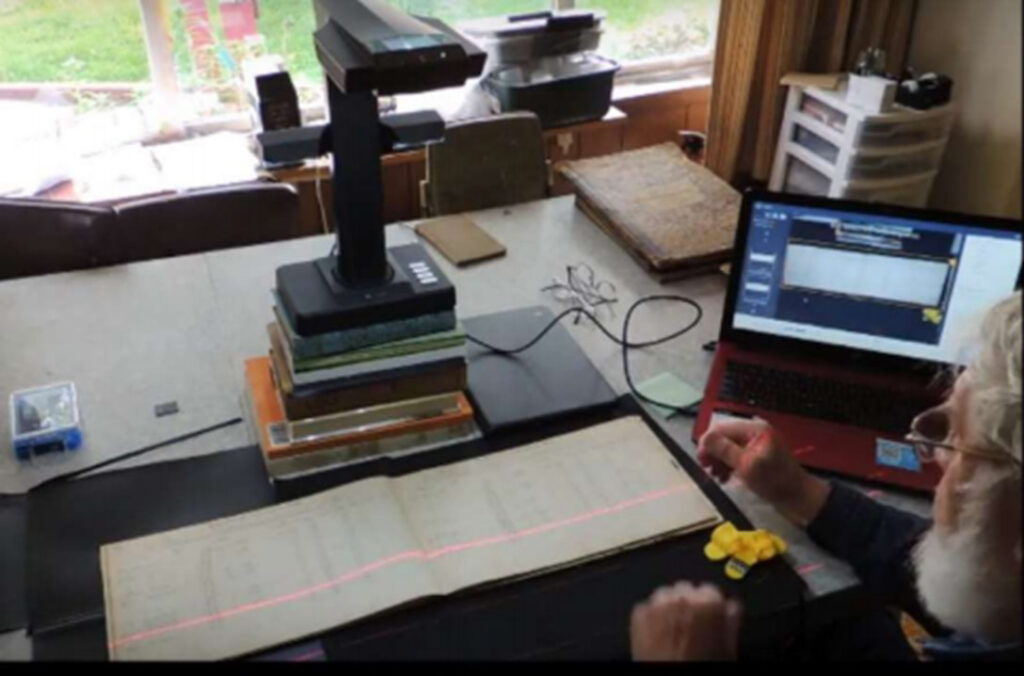
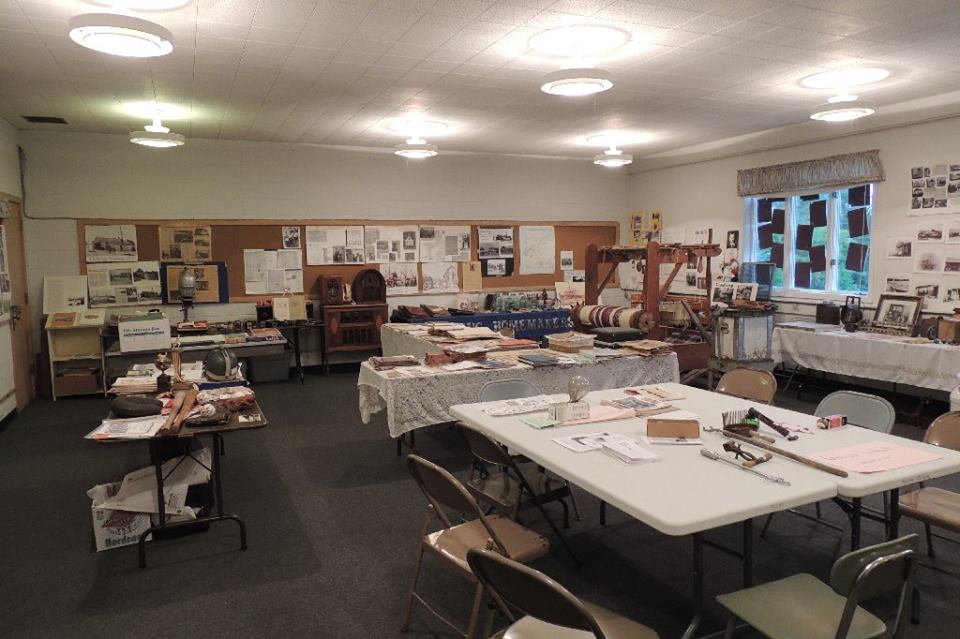

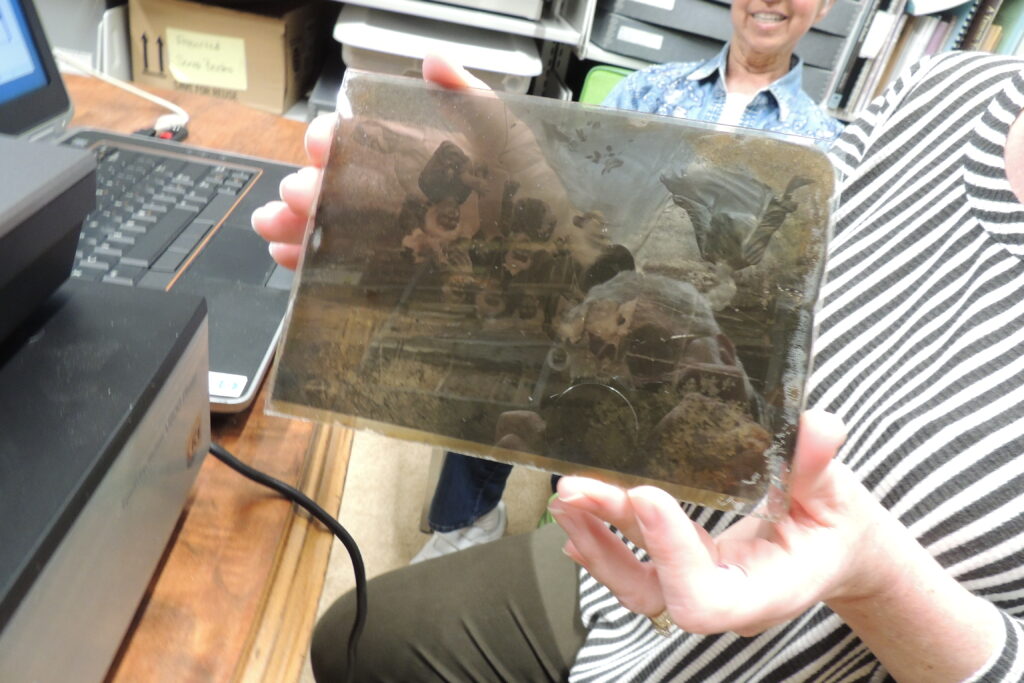
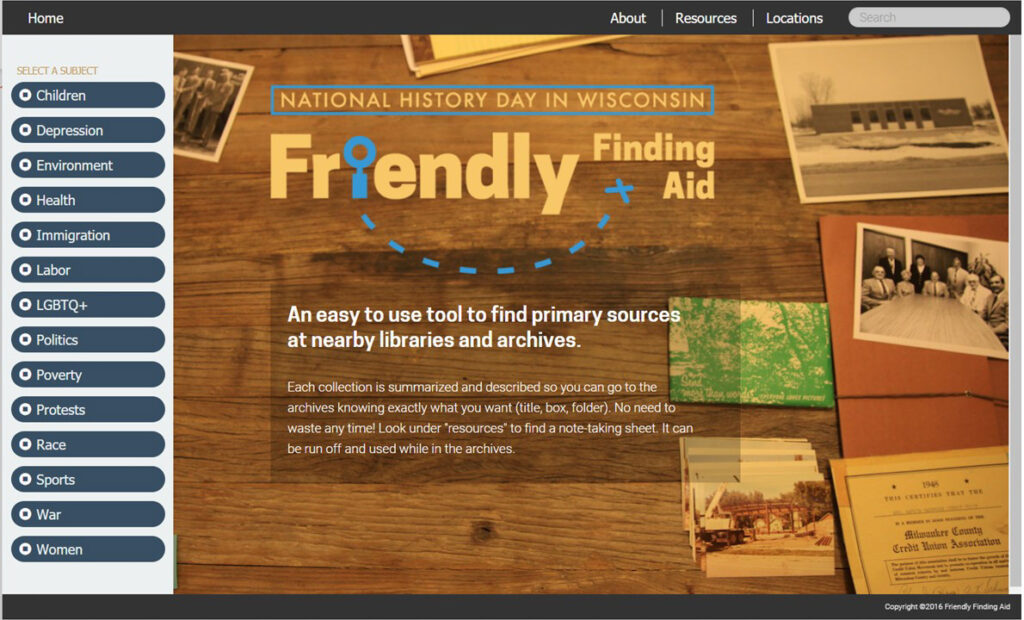
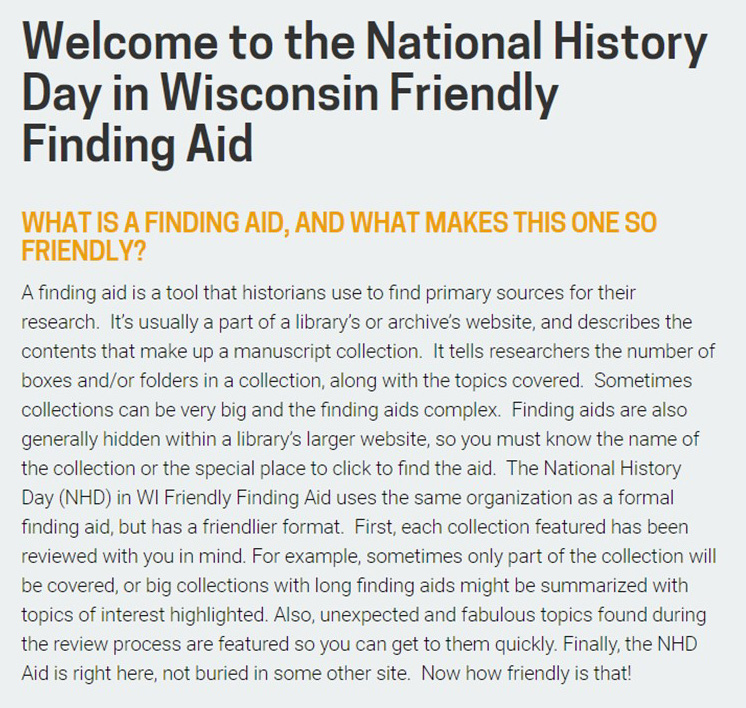
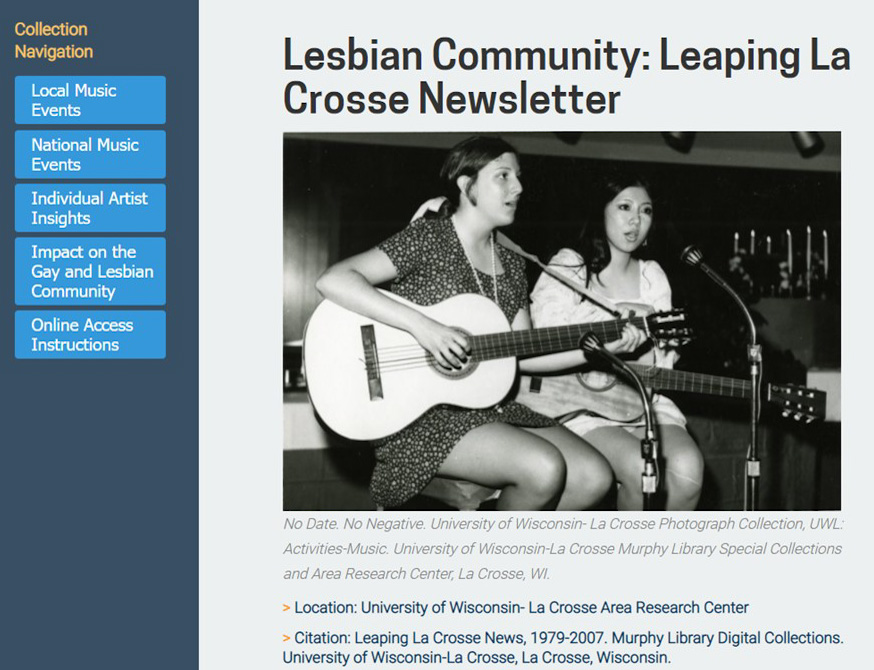
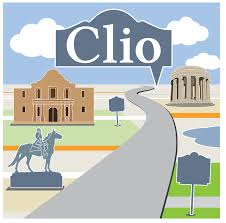



You must be logged in to post a comment.